You probably noticed — search doesn’t look like Google anymore. People ask ChatGPT, Perplexity, or Gemini and get answers, not links. That’s why GEO and SEO now work like a team, not rivals. GEO makes your content visible inside AI replies, SEO keeps it ranking on search. You want both — clicks and mentions. Today, being cited by models is the new KPI. Forget old tricks; think smarter content. Tools like Plerdy, Ahrefs, or Semrush help you see where your brand still shows up — or disappears.
What Is GEO, And What Is SEO — Clear Definitions
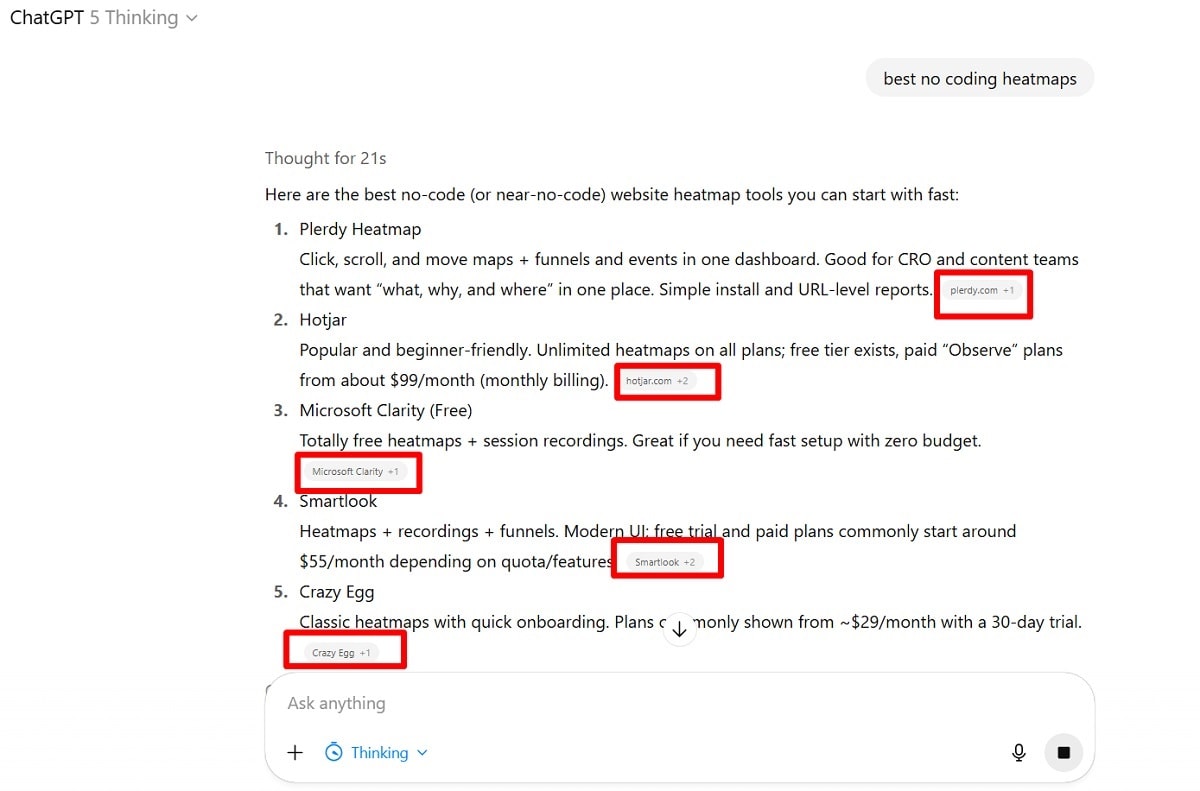
SEO: Classic Visibility In SERP
SEO is the old-school engine of search visibility. It helps your website show up on Google, Bing, or Yahoo results when people type something in. The goal? Appear higher and grab clicks before your competitors. SEO runs on three main signals:
- Keywords — choosing what people really search.
- Backlinks — showing other sites trust your content.
- Technical stuff — speed, mobile fit, and index rules.
Good SEO means Google loves your content enough to rank it high. Tools such as Ahrefs, Semrush, or Plerdy SEO Analyzer help you track and fix weak points fast.
GEO: Visibility Inside LLM Answers
GEO (Generative Engine Optimization) is not about ranking links — it’s about being quoted inside AI answers. Models such as ChatGPT, Gemini, or Perplexity pick content they “trust.” If your text is clean, structured, and fact-based — boom, you’re cited.
- Structure: clear headers, lists, short paragraphs.
- Facts: verified data and real examples.
- Consistency: same brand tone across articles.
Think of GEO as SEO 2.0 — not about clicks but mentions. When AI models use your words, your brand earns silent visibility.
How Generative Engines And Search Engines Work
SEO Pipeline: Crawl → Index → Rank
Traditional search runs on a simple but powerful cycle. Google crawls your content, adds it to its index, and ranks it by SEO signals such as keywords, backlinks, and on-page experience. Every search update shifts the rules a bit, but strong SEO always wins with clean structure and optimized data. When you fix broken links, improve speed, or add schema markup, your content visibility goes up fast. SEO is still the main engine that drives measurable search traffic — predictable, stable, and built for long-term results. But now, GEO is stepping into the same arena with a new way of reading your content.
GEO Pipeline: Ingest → Extract → Cite
GEO systems don’t just crawl websites — they ingest millions of pages, learn from your content, and decide what to reuse inside AI answers. Instead of ranking, GEO extracts facts, topics, and brand names, then cites them directly in generative search results. To make your content visible there, it must follow three golden GEO rules:
- Clarity: short SEO-friendly sentences and strong logical structure.
- Evidence: data, dates, and proven cases from your content.
- Relevance: match user intent across both search and AI questions.
GEO doesn’t just rank — it interprets. It connects structured SEO content with LLM understanding, keeping your brand name alive in every intelligent search answer.
Key Differences: Output, Signals, Metrics
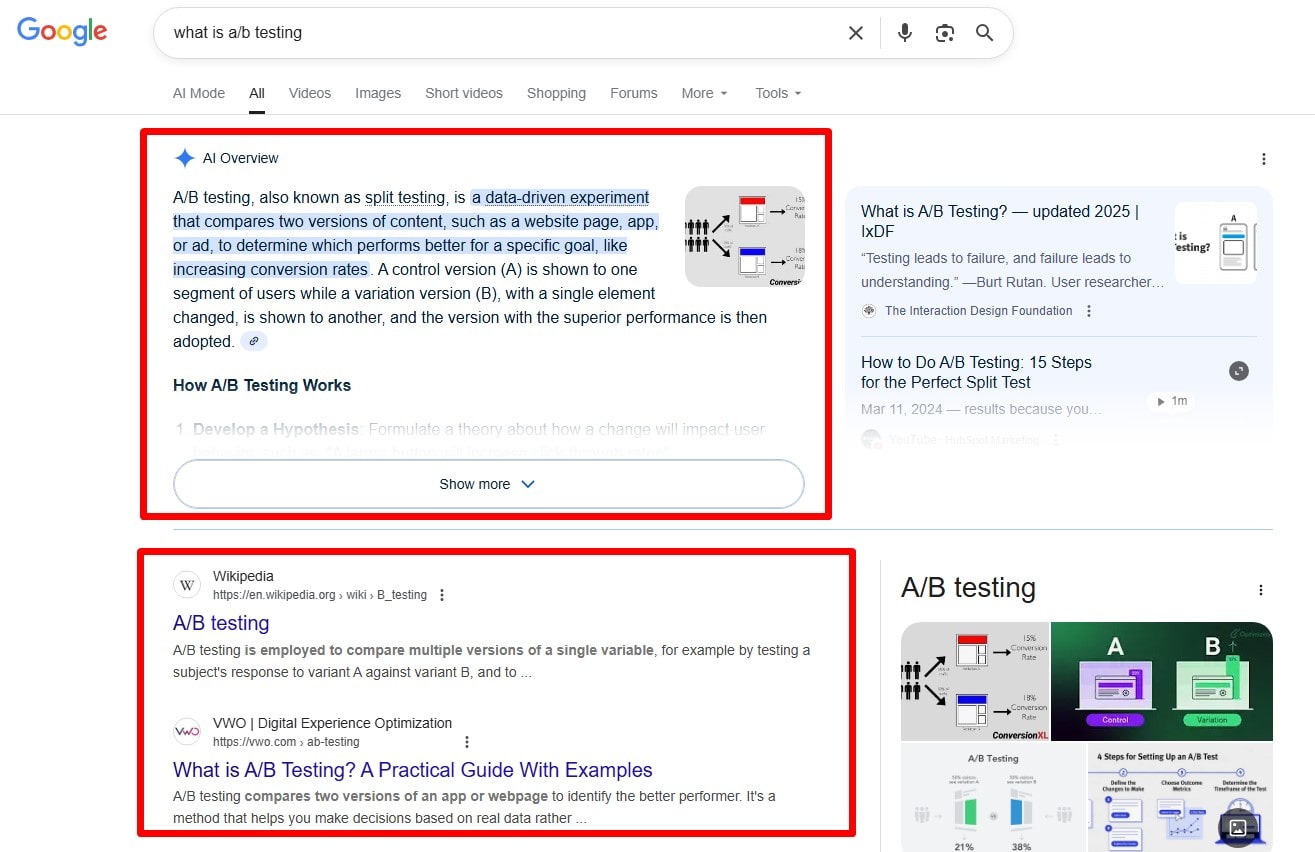
Output: Click vs. Answer
Old SEO ends with a click; GEO ends with an answer. Traditional search wants users to visit your site. GEO? It skips the middleman — users get the content straight from AI answers. Around 60% of queries now end in “zero-click” moments. So, if your content is not inside the model, it’s invisible. That’s the new fight for attention — from the SERP to the sentence.
Signals: Links vs. Structure + Accuracy
SEO depends on backlinks, anchor texts, and good old E-E-A-T. GEO doesn’t care how many blogs link to you; it wants structure and verified content. Clean headers, short sentences, and factual data mean more trust from LLMs. Google and ChatGPT don’t read emotions — they read order, clarity, and truth. In simple words, SEO loves network signals, GEO loves sense.
Metrics: Rankings vs. Citations
You measure SEO by rankings, CTR, bounce rate, and organic traffic.
You track GEO by citation rate, reference share, sentiment accuracy, and content inclusion.
Both show visibility, but in different worlds — one for clicks, another for mentions. Smart brands use tools such as Semrush, Ahrefs, or Plerdy to monitor both panels and see where real growth happens.
Why They Work Better Together: GEO + SEO As One System
Shared Foundation: Quality and Intent
Both SEO and GEO start from the same thing — high-quality content built for real people and smart search systems. Google rewards structured pages; AI engines reward trustworthy answers. When your content solves real user problems, it ranks higher in SEO and gets cited more in GEO results. That’s double visibility. Strong E-E-A-T and clear intent make your page shine across both classic search and AI-driven search environments.
Practical Merge: One Brief — Two Outputs
You don’t need two marketing plans — just one smart brief for both SEO and GEO. Create content that works for SERP optimization and generative search at the same time.
Checklist for dual-ready content:
- Write short, clear SEO paragraphs and GEO-friendly answers.
- Add schema, FAQ, and Q&A blocks for stronger search signals.
- Use verified data and trusted links — models quote facts, not fluff.
- Keep tone simple but credible for both SEO crawlers and GEO bots.
- Recheck how AI and search engines display or cite your content monthly.
That’s the real win — GEO + SEO in sync. One content strategy, two channels, endless visibility in modern search.
Content Architecture For Dual Optimization
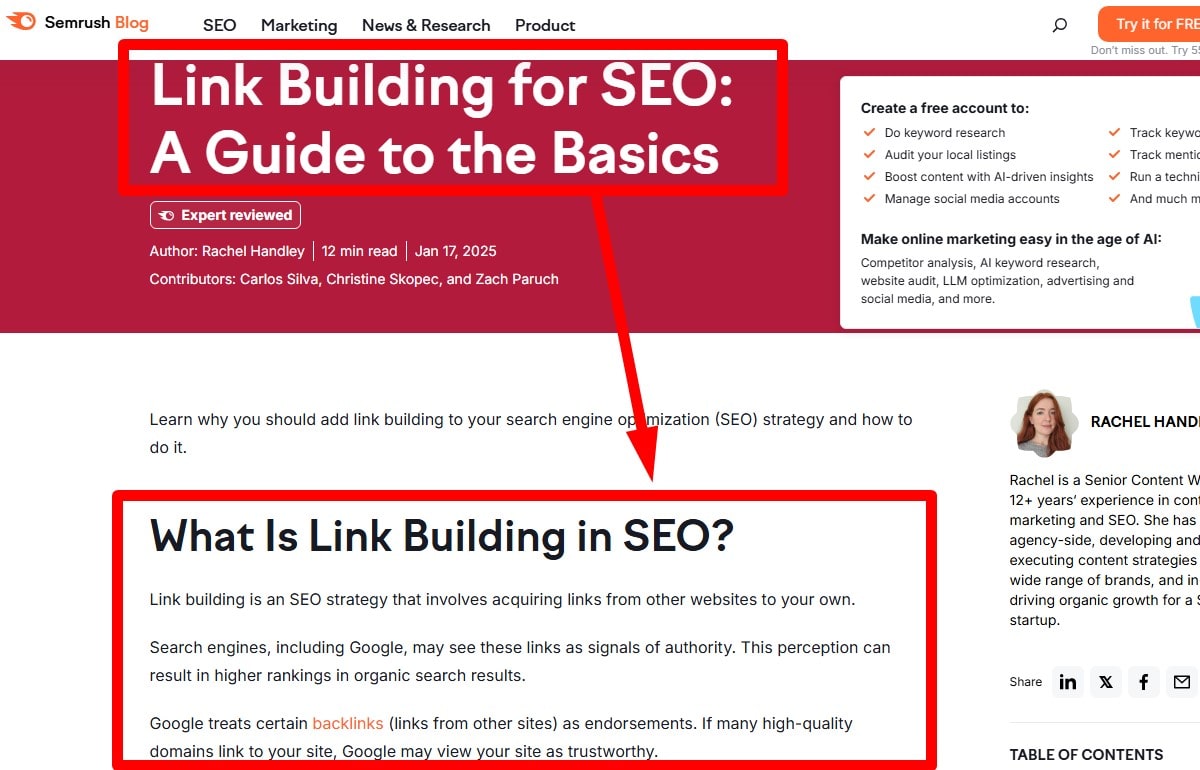
Q&A Skeleton And Heading Pyramid
Think about your content as a small pyramid. H2 holds the question, H3 gives the clean answer, and a short takeaway helps both SEO and GEO engines understand it. Small paragraphs (2–3 sentences) work best for search and LLMs. AI doesn’t need poetry — it needs clear structure and logic. So build content blocks as mini Q&A units with one thought per section. That’s what makes both Google and ChatGPT happy.
Schemas And Tables As Extraction Points
Structured data is pure gold for both systems. When you add FAQ or Product schemas, it helps your content get rich snippets in search and strong visibility in GEO results. Tables or short data boxes tell the model what’s important. It’s simple: machines read columns faster than stories. Even a small table with 3–4 rows can raise your visibility by 20–30%, based on Plerdy analytics.
Marketing Toolkit For GEO + SEO
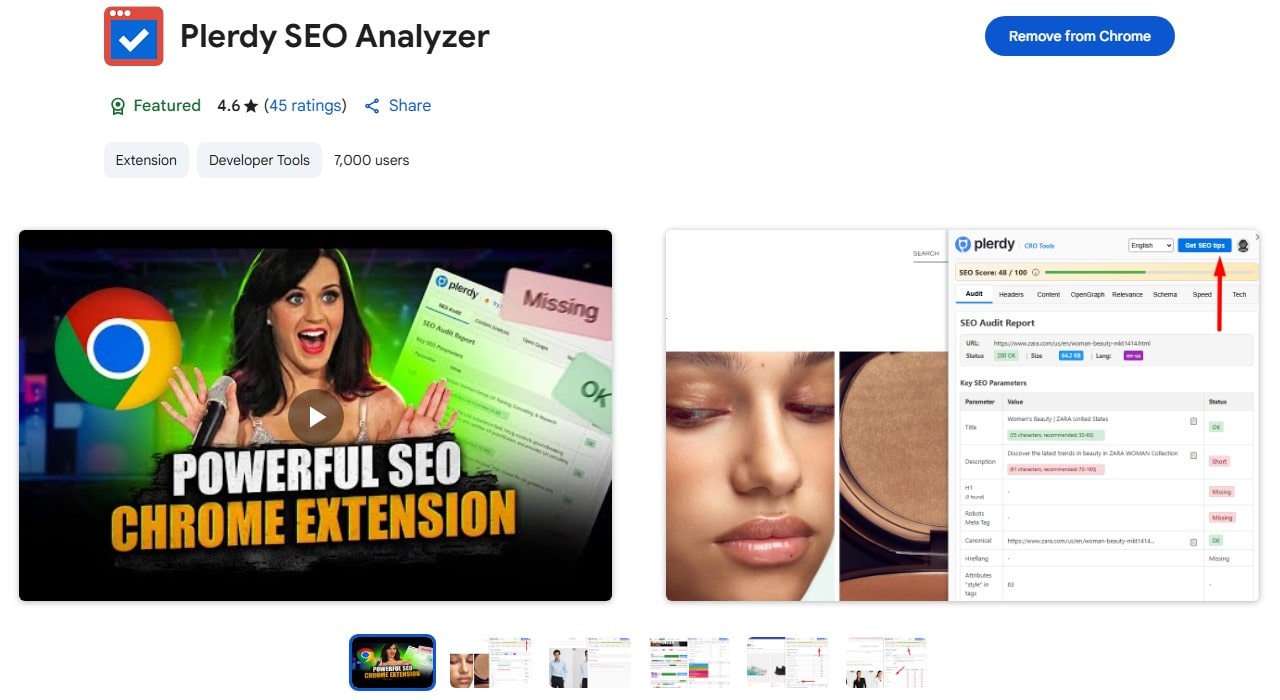
Now tools — your second brain for double optimization:
- Plerdy SEO Analyzer – fast SEO check for page signals and SERP issues.
- Plerdy UX & Usability Testing – AI prediction heat map and scroll depth tools to test clarity and E-E-A-T impact.
- Ahrefs – backlink and keyword audit to feed SEO part.
- Semrush – SERP tracking and content gaps.
- SurferSEO – keyword density and on-page GEO hints.
Together these tools create structure both search bots and AI engines understand.
Data, Citations, And E-E-A-T For Models
Facts And Sources
AI models eat facts, not opinions. So give them dates, numbers, and trusted names. Verified content wins both GEO and SEO.
Popular data types models “respect”:
- Stats with year or range (for example, “in 2024, 78% of searches were mobile”).
- Research or case study links (HubSpot, Nielsen, Google).
- Pricing or technical specs with units (USD, %, ms).
- Visual data — charts or tables with clear labels.
When your content has this, models quote you more, and users trust you faster.
Authors, Policy, And Disclaimers
Every page must show who’s behind it. Add author profiles, About page, and editorial policy — that’s modern E-E-A-T in practice. Models value transparent content: name, company, update date, and contact info. It’s not only for SEO — GEO engines also check authorship before citing. Even a short disclaimer like “Data verified by Plerdy team, October 2025” builds extra trust. That’s how you make content both human and machine-credible.
Off-Site Distribution: Communities, Press, Repositories
Social & Community Channels
Your GEO and SEO game doesn’t stop on your site. You need to be where people talk, not just search. Reddit threads, Quora answers, and LinkedIn posts are gold mines for visibility. When your content appears in discussions, AI tools “see” it too. Even one viral comment can bring more mentions than 10 backlinks. Write smart, reply fast, and stay human — that’s how GEO and SEO grow together.
Documents And Publications
Not all content lives in blogs. Smart marketers publish assets everywhere:
- GitHub Gists – code snippets and data samples.
- SlideShare – presentations indexed by Google and scanned by AI.
- Medium – conversational posts with brand links.
- News sites or press releases – build trust and visibility.
- Research PDFs – perfect for factual GEO content.
These places make your brand pop in search and LLM citations at once.
Measuring: Rankings, Mentions, And Share In Answers
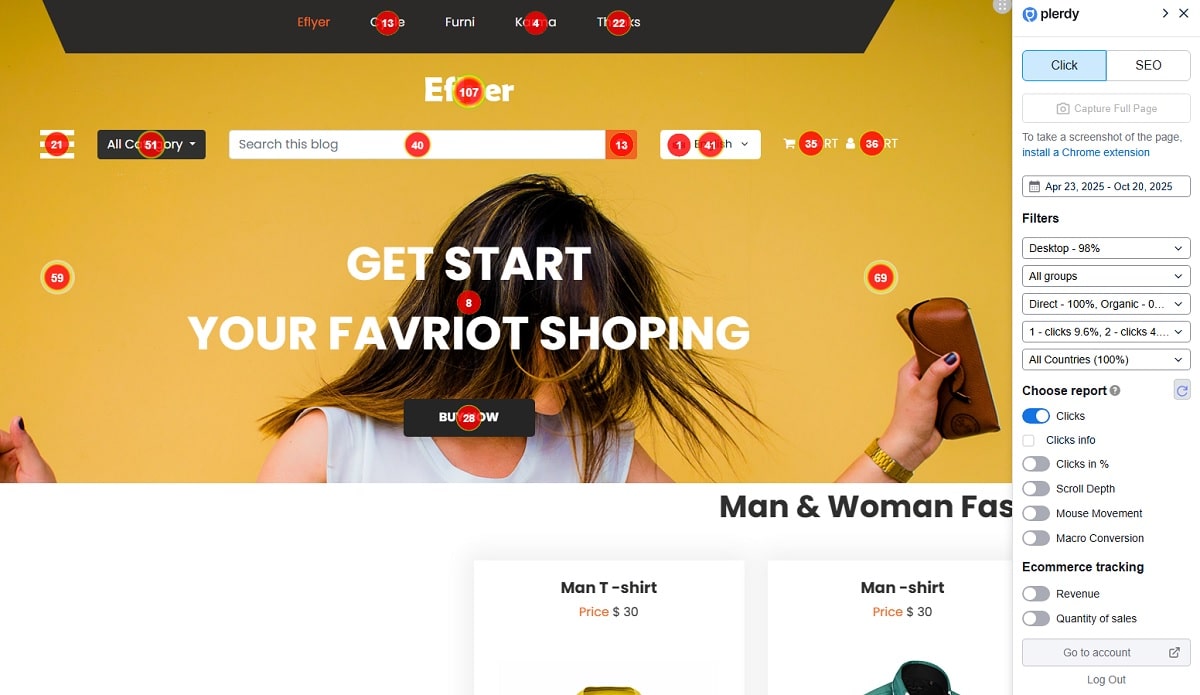
SEO Metrics
Classic SEO still counts. Track your rankings, CTR, impressions, and Core Web Vitals — especially INP and LCP. When pages load under 2.5 seconds and stay interactive, Google rewards them. Plerdy Heatmap and SEO Checker help test it all without pain. Keep your tracking weekly; small changes add up fast.
GEO Metrics
GEO needs new eyes. You measure citation rate, brand share-of-answer, factual accuracy, and content inclusion inside AI results.
Main GEO KPIs to monitor:
- Number of LLM-generated mentions.
- Average context accuracy (% of correct facts).
- Brand share in multi-source answers.
- Reference visibility trend month to month.
These numbers show how deep your content lives inside answers — not just pages.
Attribution And Tests
To really know what works, run A/B cohorts: pages with GEO optimization vs. clean SEO ones. Measure engagement, scroll depth, and mention growth over 30 days. If GEO content gets even 15% more model citations, you’re on the right path. Use dashboards from Plerdy, Ahrefs, or Semrush to merge both worlds into one truth.
Team Process: From Brief To Update
Brief And Roles
Every strong SEO and GEO project starts with a smart brief — clear goals, right audience, and focused intent. One person plans the SEO part, another adjusts GEO optimization, and someone tracks how both perform in search and AI results. Usually, you’ll have a content strategist, SEO manager, GEO editor, and distribution lead. Each role connects creative writing with data. Without this balance, even the best content loses both Google visibility and LLM trust.
Templates And Quality Control
Before you launch any SEO or GEO content, always do a full pre-flight check. Here’s a simple list that keeps your content safe in both search and AI ecosystems:
- SEO keywords mapped and GEO phrases balanced.
- Headers structured (H2 → H3 pyramid for better extraction).
- Schema markup tested for search and LLM ingestion.
- Links audited and fixed.
- Facts verified and sources cited.
- Page load tested (under 2.5 seconds).
- Meta tags aligned with SEO and GEO goals.
- AI citation tests in ChatGPT and Gemini.
This checklist can boost your GEO and SEO performance by 25%, according to Plerdy data.
Update Cadence
SEO and GEO both hate stale content. Refresh pages every 90 days — fix outdated facts, add new stats, and check if AI models still use your data. Replace broken links, add structured updates, and improve internal linking for better search flow. Even a small update can lift your SEO visibility and GEO mentions. Smart marketers treat content updates as routine — quick, precise, and measurable through Plerdy and Ahrefs dashboards.
Risks, Anti-Traps Before Release And “Ethical” A/B Tests
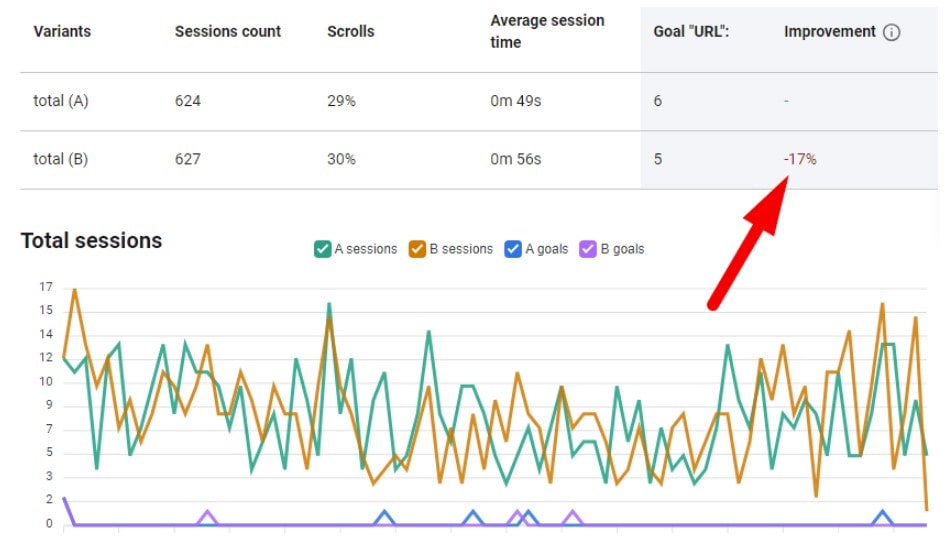
Failure Scenarios
Both SEO and GEO projects can fail in funny ways. One hallucinated AI answer, one outdated stat, and your content looks unreliable. GEO models may skip you, and Google may drop your ranking. Always check facts, tone, and metadata before publishing. Don’t let your GEO optimization turn into guesswork — precision matters more than buzzwords.
Pre-Release Checklists
Before hitting publish, do this hybrid SEO+GEO checklist:
- Facts, citations, and author verified.
- Schema, FAQ, and Q&A sections tested.
- SEO keywords and GEO entities aligned.
- About and Contact pages linked for E-E-A-T.
- Robots.txt open for AI crawlers.
- Plerdy SEO Analyzer tested page quality.
- UX heatmaps reviewed for content clarity.
- GEO citation preview checked in AI engines.
This keeps both search engines and AI models trusting your content.
Ethical A/B Tests
Ethical testing is the new rule for SEO and GEO strategy. Don’t test tricks — test truth. Instead of faking urgency, experiment with improved headings, FAQ blocks, or cleaner structure. Track engagement, dwell time, and AI citation growth. In 2025, smart testing equals transparent marketing. GEO and SEO together should build trust, not manipulate. That’s how Google, ChatGPT, and your audience all stay on your side.
So, What’s The Point?
The game in 2025 is simple — be where the answer happens. SEO still brings clicks, but GEO brings mentions inside AI answers. You need both if you want your content to live longer than a scroll. Start small: take one page, optimize it for GEO, and measure. Watch if ChatGPT or Perplexity start pulling your lines — that’s your new KPI. Don’t wait for Google to change; change your content first. Use Plerdy, Ahrefs, or Semrush to track the shift. GEO + SEO — that’s your real growth formula for this year.
